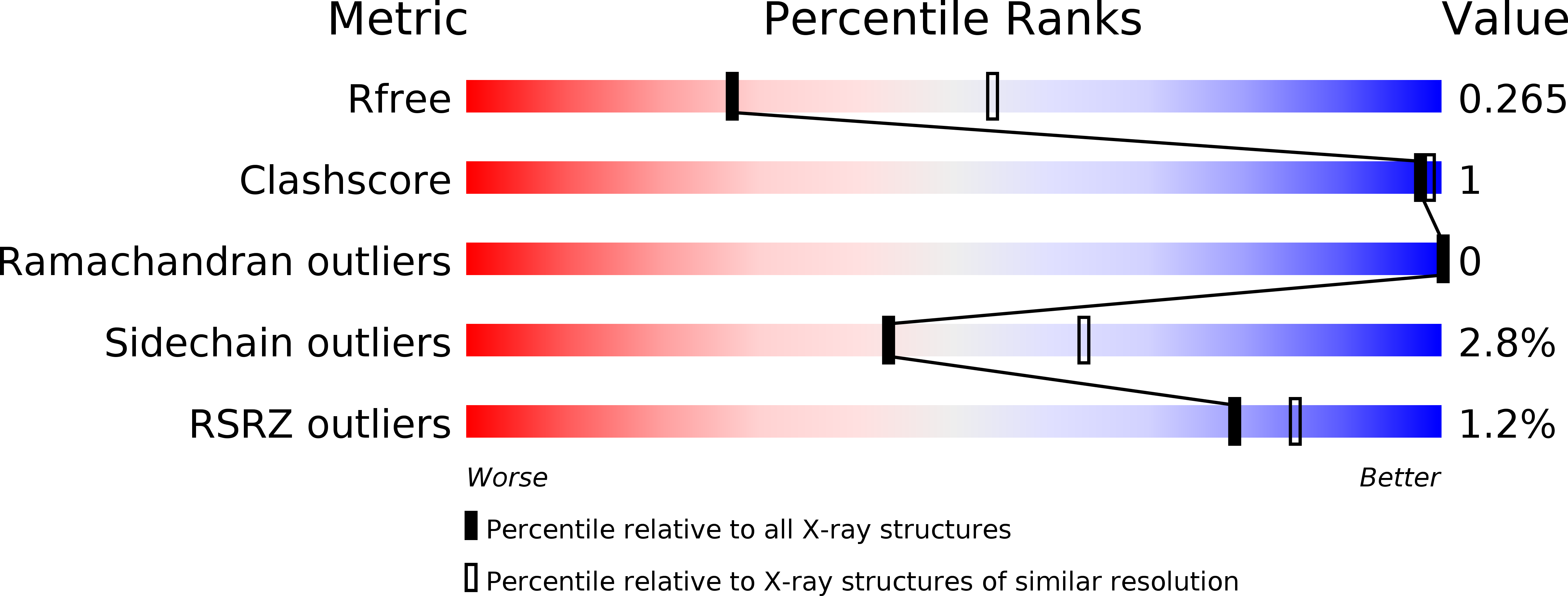
Deposition Date
2013-01-21
Release Date
2014-01-29
Last Version Date
2024-02-28
Entry Detail
PDB ID:
4IUF
Keywords:
Title:
Crystal Structure of Human TDP-43 RRM1 Domain in Complex with a Single-stranded DNA
Biological Source:
Source Organism:
Homo sapiens (Taxon ID: 9606)
Host Organism:
Method Details:
Experimental Method:
Resolution:
2.75 Å
R-Value Free:
0.25
R-Value Work:
0.20
R-Value Observed:
0.21
Space Group:
P 65 2 2


